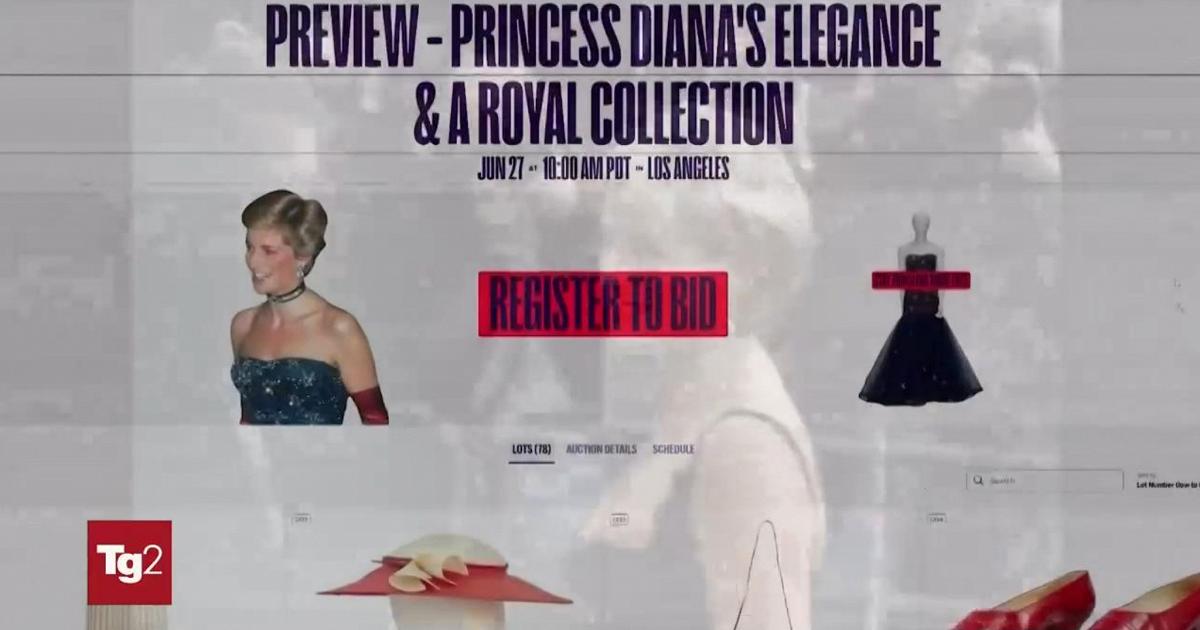They spend one to three hours online per day, one in five for four hours, and they can express themselves in four ways while online: agitated, exploratory, performative, and withdrawn. This is a photograph of minors between 8 and 16 years old interviewed by researchers as part of a study promoted by the Ministry of Business and Made in Italy with the scientific collaboration of the Lycée in Media, Communication and Entertainment from the Catholic University.
Survey results »Media and digital education to protect minors: behaviors, opportunities and fears of Internet users under 16» were presented at the Catholic University of Milan during a workshop to which they sent their first greetings Fausto Colombo, Director of the Department of Communication and Entertainment Sciences and Vice-Rector communication and image promotion activities of the University, And Donatella Proto of the Ministry of Business and Made in Italy.
The project “Piantaforme – Studying and cultivating relationships between minors and the media» was illustrated by Ruggero Eugeniprofessor of the Catholic University, while the results of the study, after the introduction by the director of the High School in Media, Communication and Entertainment Mariagrazia Fanchiuniversity researchers explained Giulio Vidotto Fonda, Sarah Sampietro, Federico Bionda, Giancarlo Grossi And Sébastien Pacchiarotti. They then discussed the research results and talked about tools, synergies and lines of intervention. Riccardo Acciai of the Office of the Guarantor for the Protection of Personal Data, Filomena Menna of the Institute of the Innocents, Carla Granieri from ANICA, Maria Eleanora Lucchin of Radio and TV Confindustria, Davide Gallino And Francesco Marrazzo of AGICOM, hosted by the journalist from Future Francesco Ognibene. He finished the job Barbara ripped of the Police Station.
The project is called “Platforms” And for various purposes, including: identifying tools, uses and content that guide minors’ digital media consumption processes; identify the the functions and needs that devices and channels are called upon to satisfy and in parallel the critical issues (discomfort, perception of inadequacy, fear) which mark the relationship between minors and digital environments; provide guidelines and possible best practices to protect minors from risks and negative experiences online environments; outline new possible measurement and impact tools, sustainable, capable of monitoring processes over time and providing comparable data also internationally.
The research sample consists of 1,677 children aged 8 to 10 and adolescents aged 14 to 16, representative by sex, age, area and size of the municipality of residence and it appeared that there are different reasons which push children, whatever the age group, to spend a lot of time online: first of all need support to calm down and contain negative emotions; the thirst for knowledge and entertainment; And the search for strong, adrenaline-filled sensations; the need to socialize.
What then became apparent was that the There are four ways young people express themselves onlineespecially:
- The restless (31% of the sample) which present a negative emotional tone tinged with sadness; Online, they seek strong, engaging stimuli and frequently face negative experiences (e.g., exposure to age-inappropriate content and contact with strangers). Compared to the total sample, they express greater interest in commercial messages, trends and personalities of the moment.
- Explorers (25% of sample) these are the “young marmots of the web”. They are the youngest and they connect with the desire to have fun and learn, avoiding any problems. They follow adults' instructions and see the family as a solid reference.
- Performative (24% of the sample) it is those (mostly teenagers) from educated and wealthy families who also follow them online. For them, the web is a space where they can experience emotions, have fun and put themselves on display. They are aware of the risks associated with the Internet and therefore adopt a series of self-protection measures. They appear proactive in describing possible courses of action and good practices, which can also be extended to their peers (e.g.: online education etiquette; privacy protection). protection; constant discussion with offline reality).
- The folded (20% of the sample) they are mostly girls teenager. Respondents described themselves as angry, fearful and dissatisfied with themselves. Online, they prefer to play a passive role, exposing themselves as little as possible. In particular, they aspire to build an “unassailable” self-image. They prefer solitary use of content and seem reluctant to share and socialize.
The research highlights that 94% of children aged 8 to 16 use a smartphone (among those surveyed, 68% have one, 28% received it before the age of 10 and 25% after the age of 11). At the same time, it grows awareness of excessive consumptionas declared by a fifth of the sample, and this share rises to 28% among 14-15 year olds, particularly among the dissatisfied and among girls.
Seven in ten children (half between 8 and 10 years old) regularly use social networks and streaming platforms. The user then increases in the transition to preteens And teenagers.
The study confirmed evidence from numerous research studies on the subject regarding the risks of the Internet to minors. 4 out of 10 people surveyed describe negative experiences. The majority of those interviewed saw inappropriate content at least once and especially the little ones came across critical events on Youtube.
